New Blueberries With Red/Purple Foliage
powerofpi
9 years ago
Related Stories
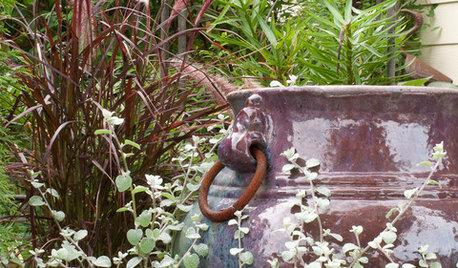
PLANTING IDEASGreat Garden Combo: Silver Sparkles Amid Purple and Blue Foliage
Get the look of this modern foundation planting by focusing on a restrained color palette with tasteful accents
Full Story
EDIBLE GARDENSSummer Crop: How to Grow Blueberries
Plant blueberries in spring or fall for garden beauty through three seasons — and a sweet superfood in summer
Full Story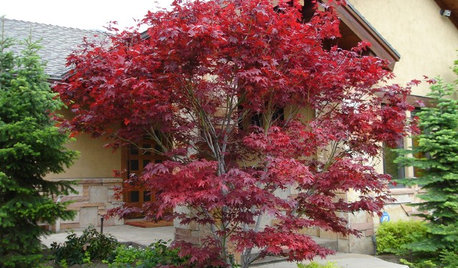
GARDENING GUIDES8 Plants Bursting With Beautiful Fall Foliage
Luscious berries, rich crimson leaves and stellar stalks show that nary a flower is needed for enthralling autumn gardens
Full Story
GARDENING GUIDES7 New Plants to Grow for Beautiful Foliage
Add color, structure and interest to your garden with these recently introduced plants that sport exceptional foliage
Full Story
GARDENING GUIDESGreat Design Plant: Grow Blueberries for Their Fruit and More
Eastern gardeners should consider growing blueberry plants for their delicious fruits, bee-friendly spring blooms and brilliant fall foliage
Full Story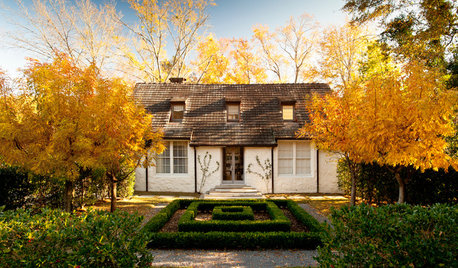
GARDENING GUIDES6 Plants for Colorful Fall Foliage in the Water-Wise Western Garden
Try these colorful, drought-tolerant additions to your garden for a fall season filled with color
Full Story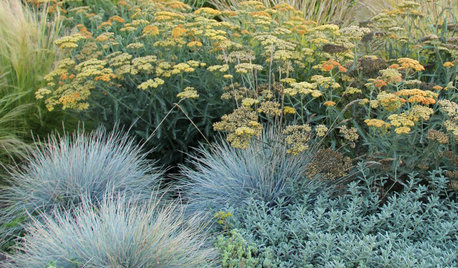
LANDSCAPE DESIGNTexture Talk: 4 Foliage Types for Distinctive Gardens
Contrast these leaf textures for plants that stand out and a landscape that draws you in
Full Story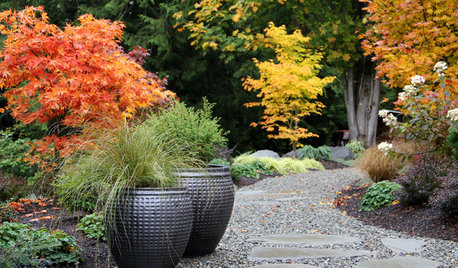
PLANTING IDEASGreat Garden Combo: Fall Foliage With a Contemporary Twist
This fiery autumnal display relies on simplicity and ample spacing to create a distinctive panorama
Full Story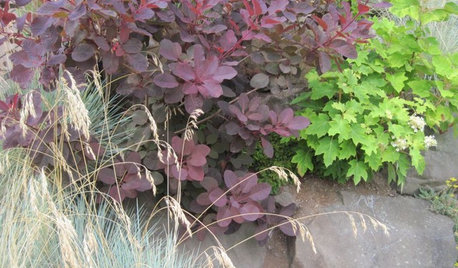
PURPLE FOLIAGE5 Purple-Leaf Majesties of Shrubs
Looking for beautiful depth and dynamism in your landscape? Just add purple
Full Story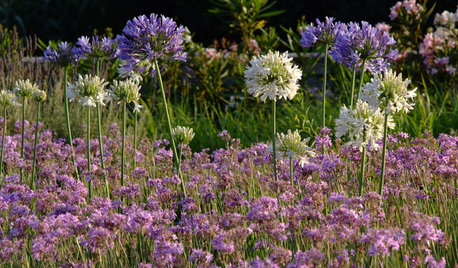
GARDENING GUIDESGlorious Purple Blooms Bring a Crowning Touch to Gardens
Royally beautiful but mingling well with the masses, plants with purple flowers or foliage are worthy of homage in any garden
Full Story







ericwi
powerofpiOriginal Author
Related Professionals
Baltimore Landscape Architects & Landscape Designers · Folsom Landscape Architects & Landscape Designers · Fort Lee Landscape Architects & Landscape Designers · Saint Matthews Landscape Architects & Landscape Designers · Simi Valley Landscape Architects & Landscape Designers · Barrington Landscape Contractors · Broomfield Landscape Contractors · Hayden Landscape Contractors · Kahului Landscape Contractors · Mahwah Landscape Contractors · Middletown Landscape Contractors · North Chicago Landscape Contractors · Northport Landscape Contractors · San Carlos Park Landscape Contractors · Westchester Landscape ContractorspowerofpiOriginal Author
mhayes8655 zone4mn
ericwi
powerofpiOriginal Author
mhayes8655 zone4mn
powerofpiOriginal Author
ericwi